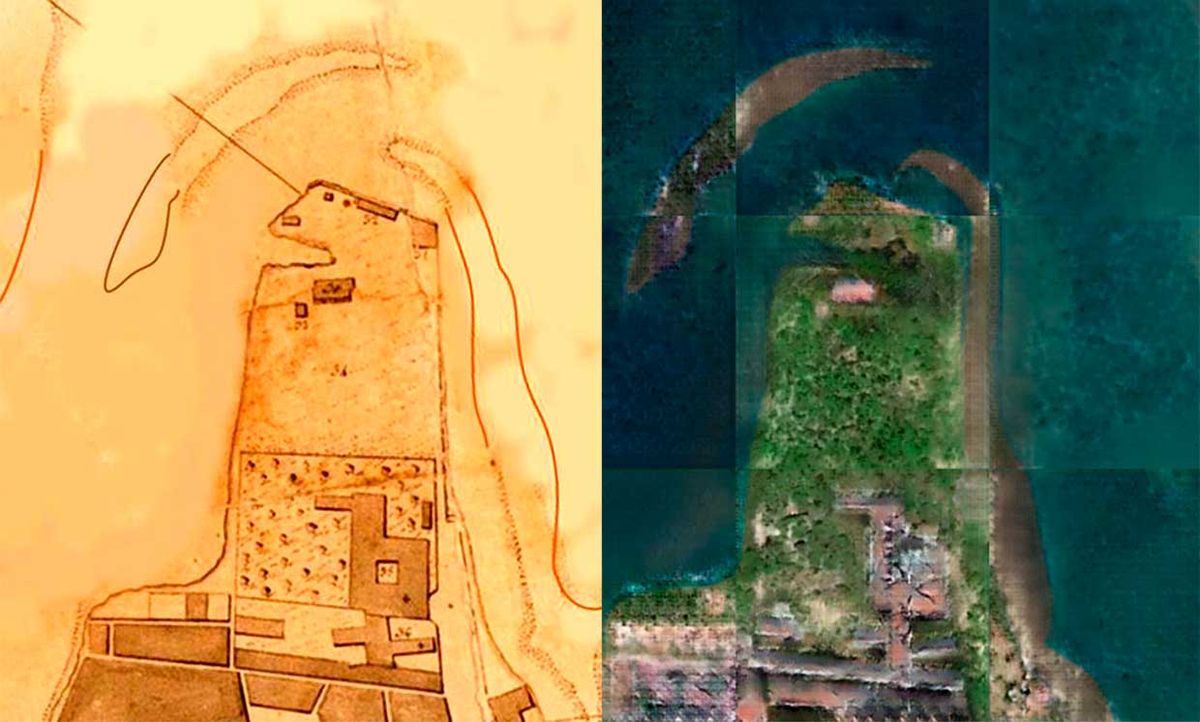Ancient maps give us a slight glimpse of how landscapes looked like centuries ago. But what would we see if we looked at these older maps with a modern lens?
Henrique Andrade is a student at Escola Politécnica da Universidade de Pernambuco, Recife who has been studying maps of his hometown Recife, in Brazil, for several years now. “I gathered all these digital copies of maps, and I ended up discovering things about my hometown that aren't so widely known,” he says. “I feel that in Recife people were denied access to their own past, which makes it difficult for them to understand who they are, and consequently what they can do about their own future.”
Andrade approached a professor at his university, Bruno Fernandes, with an idea: to develop a machine learning algorithm that could transform old maps into Google satellite images. Such an approach, he believes, could inform people of how land use has changed over time, including the social and economic impacts of urbanization.
To see the project realized, they used an existing AI tool called Pix2pix, which relies on two neural networks. The first one creates images based on the input set, while the second network that decides if the generated image is fake or not. The networks are then trained to fool each other, and ultimately create realistic-looking images based on the historical data provided.
Andrade and Fernandes describe their approach in a study published 24 September 2020 in IEEE Geoscience and Remote Sensing Letters. In this study, they took a map of Recife from 1808 and generated modern day images of the area.

“When you look at the images, you get a better grasp of how the city has changed in 200 years,” explains Andrade. “The city's geography has drastically changed—landfills have reduced the water bodies and green areas were all removed by human activity.”
He says an advantage of this AI approach is that it requires relatively little input volume; however, the input requires some historical context, and the resolution of the generated images is lower than what the researchers would like.
“Moving forward, we are working on improving the resolution of the images, and experimenting on different inputs,” says Andrade. He sees this approach to generate modern images of the past as widely applicable, noting that it could be applied to various locations and could be used by urban planners, anthropologists, and historians.
Michelle Hampson is a freelance writer based in Halifax. She frequently contributes to Spectrum's Journal Watch coverage, which highlights newsworthy studies published in IEEE journals.



